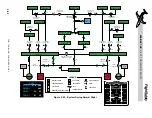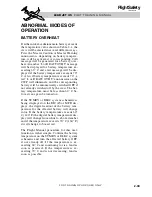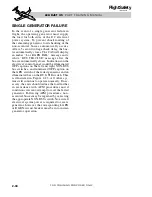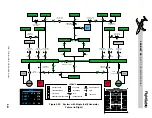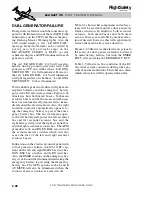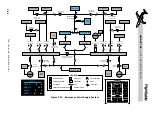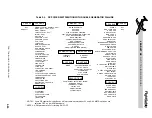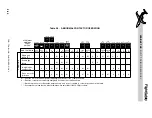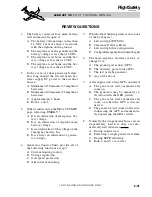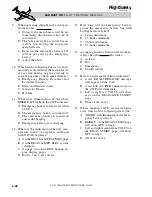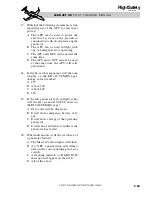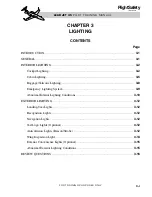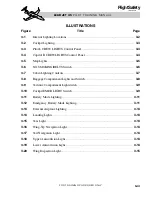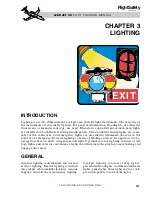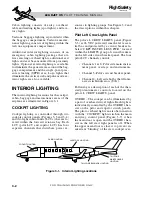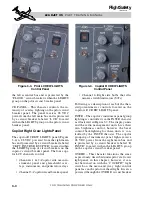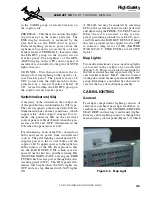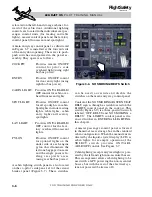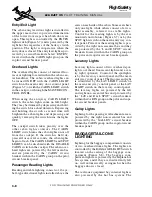
INTRODUCTION
Lighting is used to illuminate the cockpit area and all flight instruments. The majority of
the instruments are internally lighted. For general illumination, floodlights, of either the
fluorescent or incandescent type, are used. Rheostatic controlled goose-neck map lights
are installed on both the left and right side panels. The standard warning lights are avail-
able for the cabin area, and emergency lights are provided to illuminate the exits in the
event of an emergency. Exterior lighting consists of landing and taxi, recognition, strobe,
navigation, beacon, and a wing inspection light. Optional exterior lighting consists of tail
logo lights and exterior convenience lights that illuminate the single-point refueling and
baggage door areas.
Airplane lighting is divided into interior and
exterior lighting. Interior lighting is divided
into cockpit, cabin (includes lavatory), tailcone
baggage and tailcone maintenance lighting.
Cockpit lighting consists of map lights,
glareshield floodlights, instrument/indicator
lights, panel lights, dome lights and two cock-
pit switch panels to control the lights.
L E A R J E T 4 5
P I L O T T R A I N I N G M A N U A L
CHAPTER 3
LIGHTING
3-1
FOR TRAINING PURPOSES ONLY
FlightSafety
international
GENERAL
;;
;
;;
;;
;;
;
;
;;
;;
;;
;;
;
;;
;;
;
;
;;;
;
;
;;;
;;
;;
EXIT

